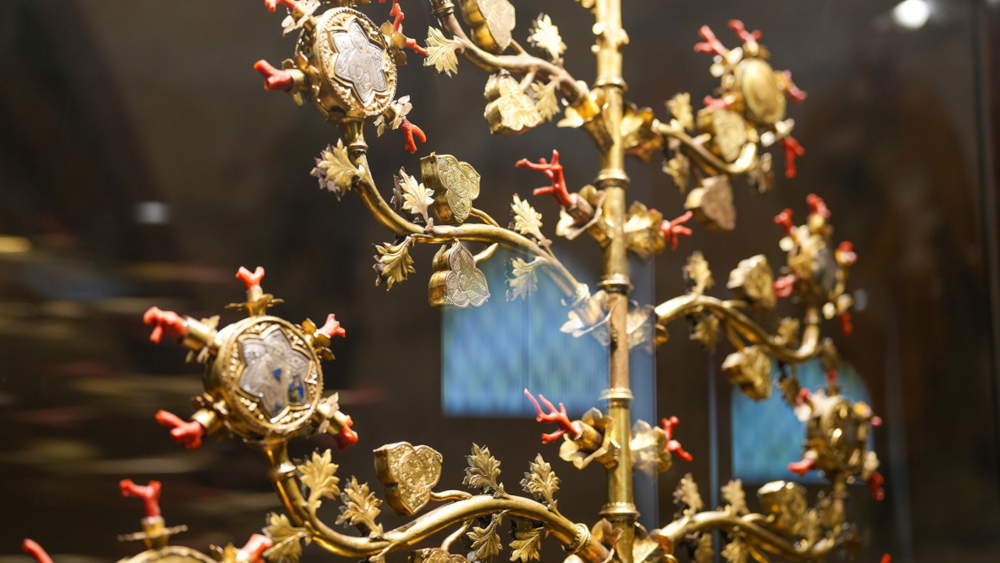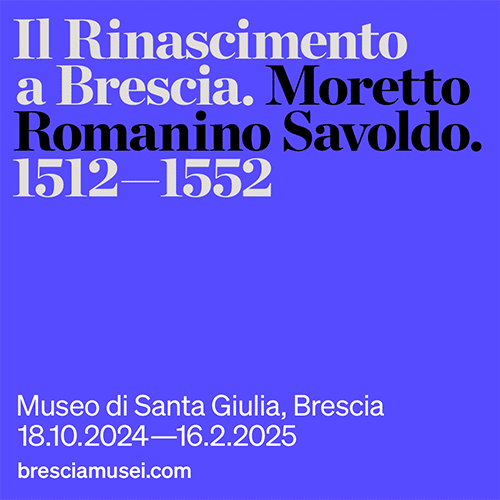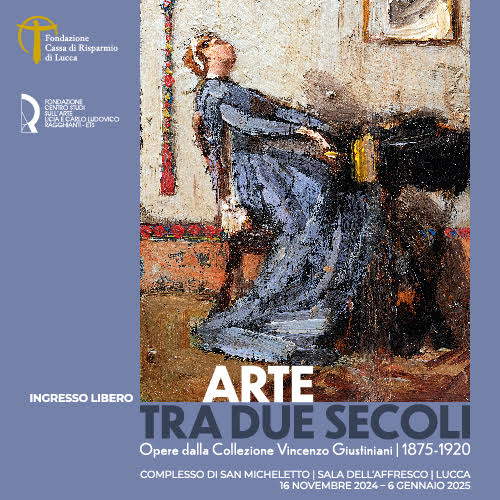Parts of Lucignano's Golden Tree, a masterpiece of Italian goldsmith art, unearthed
Thanks to the cooperation of the Carabinieri Unit for the Protection of Cultural Heritage in Florence, some important portions of the so-called Golden Tree of Lucignano, in the province of Arezzo, the famous reliquary considered to be among the absolute masterpieces of Italian goldsmith art, were recently found in Lucignano, in the province of Arezzo. More than a hundred years after the 1914 theft, the recovery of some elements that were thought to be lost constitutes an event of great importance.
Announcing the important find, during a press conference at the Opificio delle Pietre Dure in Florence, was was the Commander of the Carabinieri Nucleo Tutela Patrimonio Culturale of Florence Claudio Mauti who also spoke on behalf of the Commander of the Carabinieri for the Protection of Cultural Heritage Brigadier General Vincenzo Molinese, the President of the Region of Tuscany Eugenio Giani, the Mayor of the Municipality of Lucignano Roberta Casini, the ABAP Superintendent for the provinces of Siena, Grosseto and Arezzo Gabriele Nannetti and the Superintendent of the Opificio Emanuela Daffra.
“To be found were,” said Commander Mauti, “four gilded copper and enameled silver plaques, 16 silver votive offerings once placed on the base, a miniature on parchment and a ground rock crystal.”
“The find has the characteristics of exceptionality because it occurred more than a century after the work’s sensational theft in 1914. As period images testify, only small portions of the branches and the heavy base were spared at the time, albeit deprived of the most precious elements,” he added.
“Between 1927 and 1929 many fragments of the Tree, torn to pieces by the thieves to facilitate its transport, were found,” recalls Superintendent Gabriele Nannetti, “in the countryside of the municipality of Sarteano, in the province of Siena, where they had been hidden by the perpetrators of the theft. Instead, elements of great importance such as the terminal crucifix, the pelican, one of the branches, four of the circular medallions, five silver plates, at least three miniatures and the upper part of the tempietto knot were not recovered. Also lost were those few sprigs of coral that the reliquary still had at the time of the theft.”
“On behalf of the then Royal Superintendency of Florence, the restoration of the work was entrusted to the Opificio delle Pietre Dure,” said current Opificio Superintendent Emanuela Daffra. “It was a complex and delicate intervention, which saw the participation of several professionals engaged in the recomposition of more than one hundred fragments and the reintegration of all the missing parts, including the crucifix and pelican, by means of copies made on the basis of photographs dating back to the late 19th century. To make up for the almost total loss of the corals from the Ascione firm in Torre del Greco, small branches, similar in color to the fragments of the original sprigs found in the bezels, were purchased and put in place. To replace the subtracted miniatures inside the circular medallions that remained empty, disks of painted sheep paper were inserted to harmonize with the surviving specimens.” After three years of intensive work, the restoration was completed on September 9, 1933.
The Golden Tree represents the mystical Lignum Vitae, a typically Franciscan subject inspired by a writing of St. Bonaventure, in monumental dimensions: in fact, it measures 2 meters and 70 centimeters in height. Intended for the church of St. Francis in Lucignano, it was begun in 1350 and completed in 1471, thanks to the generous bequest of a Madonna Giacoma. The 14th-century master who conceived and began the work is unknown, while it is documented that the Sienese goldsmith Gabriello d’Antonio completed it. In front of it, by ancient tradition, the inhabitants of Lucignano continue to exchange wedding vows.
The current discovery obliges a revision of the recomposition made in the 1930s and will be the occasion of a comprehensive restoration.
“It is not only an extraordinary fruit of the Italian goldsmith’s art, the Golden Tree of Lucignano is much more: it is one of those works whose existence is intimately and deeply intertwined with the life and feelings of the community that guards it, helping to define its very identity traits. This is also why the Region of Tuscany has decided to finance the restoration work on this masterpiece, which, entrusted to the Opificio delle Pietre Dure, a true Tuscan and national excellence, will enhance its precious uniqueness even more,” commented Eugenio Giani, President of the Region of Tuscany.
In thanking the Region of Tuscany for deciding to finance the restoration work, Lucignano Mayor Roberta Casini expressed her hope that the still missing parts of the Golden Tree, particularly the Christ dominating the reliquary, could re-emerge.
Regional Council President Eugenio Giani and Opificio Superintendent Emanuela Daffra briefly described the work that will be done on the masterpiece entrusted to restorers from the Opificio’s Gold Sector, directed by Riccardo Gennaioli. The Tree, currently composed of about sixty parts, will be disassembled in batches, so as not to deprive the Lucignano Museum of an identifying work altogether, relocating the restored parts from time to time, thus guaranteeing visitors at least a partial view of the work.
The intervention will not be easy, first of all because of the plurality of constituent materials, such as metals like gilded copper and silver, illuminated parchments, rock crystal, coral, enamels and wood, and secondly because it presents needs, if not unique, very rare.
“The highlight of the restoration will be,” Emanuela Daffra declares, “the relocation of the recovered elements. The study of historical photographic documentation will be of fundamental help in identifying the original location of these elements. This will clearly involve reformulating the assembly system of some parts, removing the corresponding additions made by the Opificio, and a careful verification of the overall statics and balances.”
For the expected timeframe, it is assumed that the Tree can return, in all its parts, to Lucignano at the end of next spring. With the hope that, while work is in progress, the missing Christ will also be found.
Pictured is a detail of Lucignano’s Golden Tree.
 |
| Parts of Lucignano's Golden Tree, a masterpiece of Italian goldsmith art, unearthed |
Warning: the translation into English of the original Italian article was created using automatic tools. We undertake to review all articles, but we do not guarantee the total absence of inaccuracies in the translation due to the program. You can find the original by clicking on the ITA button. If you find any mistake,please contact us.






























